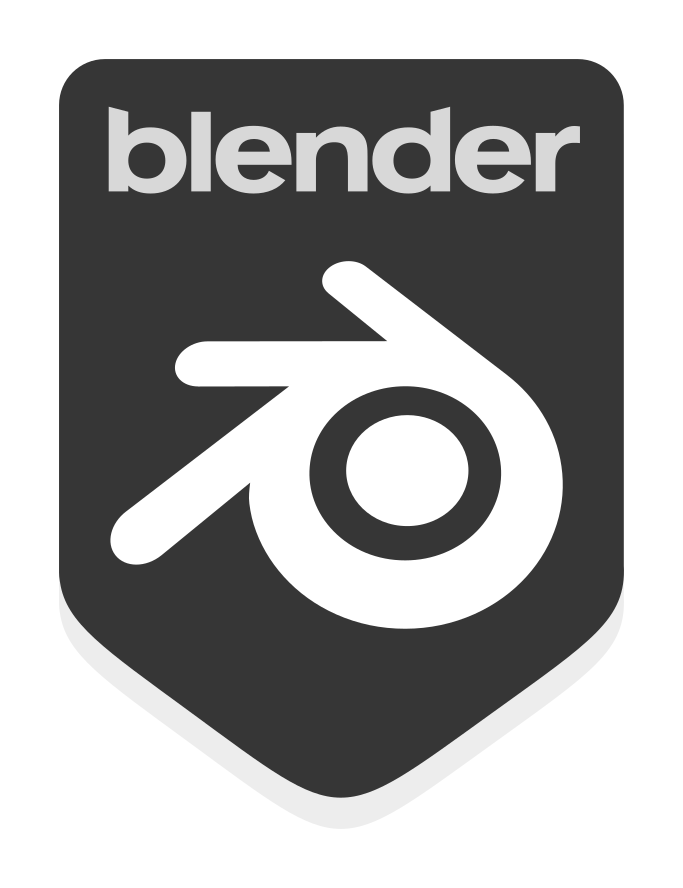Blender is the latest version of the popular open-source 3D creation suite. Blender is known for its comprehensive suite of tools that support the entire 3D pipeline, including modeling, rigging, animation, simulation, rendering, compositing, and motion tracking. Blender brings several new features and improvements to enhance the user experience and expand its capabilities. Key Features:
- Advanced Modeling Tools: Blender introduces new modeling tools and enhancements, making it easier to create complex 3D models with precision and efficiency.
- Improved Animation System: The animation system has been updated with new features and optimizations, providing animators with more control and flexibility.
- Enhanced Rendering Engine: Blender’s Cycles and Eevee rendering engines have received significant updates, offering faster rendering times and improved visual quality.
- Virtual Reality (VR) Support: Blender includes enhanced support for VR workflows, allowing users to create and interact with 3D content in virtual reality environments.
- Grease Pencil Improvements: The Grease Pencil tool, used for 2D animation within a 3D environment, has been improved with new features and better performance.
- Physics and Simulation: New physics and simulation tools have been added, including improved cloth simulation, fluid dynamics, and particle systems.
- User Interface Enhancements: The user interface has been refined to provide a more intuitive and streamlined experience, making it easier for both new and experienced users to navigate and use Blender.
- Asset Management: Blender introduces new asset management tools, allowing users to organize and reuse assets more efficiently across different projects.





